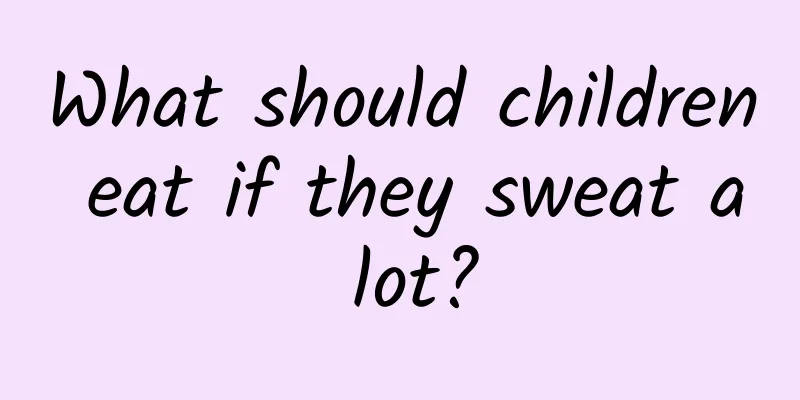How big a wound needs stitches?

|
In daily life, once an unexpected injury occurs, resulting in trauma to your body, and it looks very scary, in this case you need to make a certain judgment on the injury. Suturing the wound is conducive to wound healing and effectively inhibits scars. There is no need to go to the hospital for some wounds. So, how big a wound needs stitches? Let’s take a closer look below. Stopping the bleeding as quickly as possible is of utmost importance. Apply pressure to the wound with a clean cloth or damp tissue and wait five minutes to see if the bleeding continues. If the bleeding is out of control, do not try any of the following methods and go to the hospital immediately for stitches. If the bleeding stops, please continue reading. Carefully analyze the severity of the wound:1. Is the wound a stab wound? Puncture wounds usually penetrate deep into the skin, and the object that punctures the skin may be pulled out or remain in the skin. This object has a special name, called a "piercing object." Puncture wounds are usually hole-like, rather than strip-like like scratch wounds. 2. Is the wound a cut? Cuts and puncture wounds are similar in that they break the surface of the skin, but they differ significantly in length and depth. A cut is what we often call an incision. 3. Is the wound a postoperative wound dehiscence? A surgical wound is similar to a cut in that it is caused by a scalpel breaking the skin, but the edges of a surgical wound are not rough like a cut; they are very smooth. 4. Is the wound a laceration? A laceration is a tear or lift of a large area of skin. 5. Is the wound an abrasion? An abrasion is a scratch, nick, or small cut that goes beneath the surface of the skin. However, whether a wound requires sutures is determined by its depth. If the cut is deep, then the wound should be called a cut or a laceration, depending on its shape. After understanding the type of wound, you can determine whether it needs suturing. There are three ways to determine:1. Observe the depth of the wound. Is yellow fatty tissue visible at the wound site? Is the skeleton exposed? Is there a large area of flesh exposed under the skin? Is the wound deeper than 6 mm? If any of the above situations apply, you will need stitches. 2. Observe the width of the wound. Can the wound be pinched closed? Usually the function of bandages and gauze is to close the wound. After the wound is closed, a scab will form and it will begin to heal itself after 12 hours. However, if the wound is too wide to be closed with a bandage, you will need stitches to force the skin closed to help it heal. 3. Observe the location of the wound. If the wound is located in a part of the body that moves frequently, it is best to go to the hospital for stitches to prevent the wound from expanding or tearing again due to movement. For example, wounds on the legs and fingers (especially at the joints) may require stitches, whereas wounds on the forehead generally do not. However, if the wound is particularly deep or wide, you should go to the hospital for stitches immediately, regardless of whether it is located in a frequently active area. Remember, the depth and width of the wound play a decisive role in determining whether sutures are needed. |
<<: Amyloid nephropathy treatment
Recommend
Why is rabies afraid of water?
Rabies is also called hydrophobia. After the onse...
What are the methods of TCM for treating dysmenorrhea in women?
Dysmenorrhea bothers almost all female friends. T...
Will my breasts become tender during the luteal phase?
Women become particularly cautious after getting ...
Tips for curing dandruff
Dandruff has always been a big problem for many p...
What are the symptoms of bipolar disorder?
Bipolar disorder is also a relatively common diso...
What are the symptoms of nephritis and how to treat it
As the name suggests, nephritis is an inflammatio...
7 ways to open up meridians in traditional Chinese medicine
Traditional Chinese medicine emphasizes "Qi,...
Low neutrophil count in blood test
If the neutrophil count in a routine blood test i...
How many months of pregnancy is the baby head down
Before seven months of pregnancy, the fetus is re...
What are the harms of gastroscopy?
The purpose of doing a gastroscopy is to understa...
What is the cause of vitiligo according to traditional Chinese medicine?
Generally speaking, there are two ways to treat d...
Can antelope horn reduce fever?
As the name suggests, antelope horns are the horn...
What symptoms does myocardial ischemia cause?
Myocardial ischemia is a very common disease in m...
Sex hormone secretion disorder
Society is developing at a rapid pace. As people ...
What are the effects of Eucommia ulmoides in traditional Chinese medicine?
Traditional Chinese medicine has a long history i...









